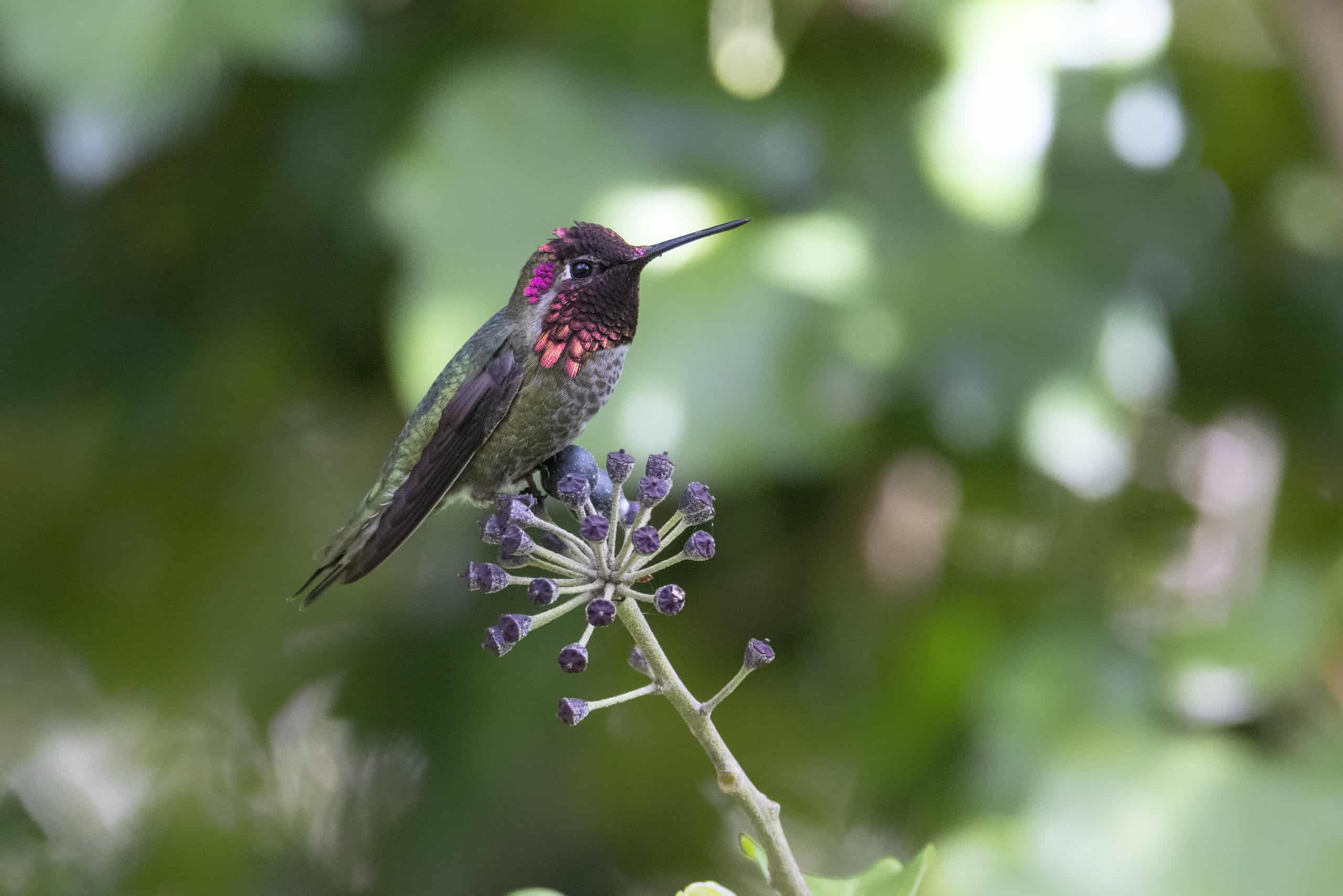Hummingbird heart rate refers to the rapid heartbeat of hummingbirds, which can reach up to 1,260 beats per minute. The high heart rate of hummingbirds is necessary to support their fast wing beats and enable them to hover and maneuver in flight with exceptional agility.
In addition to their unique ability to fly backwards, upside down, and hover in mid-air, hummingbirds have the highest heart rate of any bird species. This characteristic adaptation allows them to extract nectar from flowers efficiently and maintain their high-energy lifestyle.
Understanding the hummingbird heart rate provides insights into the fascinating physiology of these tiny creatures and the remarkable adaptations that enable them to thrive in their ecosystems.

Credit: a-z-animals.com
Understanding The Secrets Of Agile Beats
Hummingbirds have a unique physiology when it comes to their heart rate. Agile beats are a key aspect in understanding the secrets of their rapid movements. The importance of heart rate in hummingbirds cannot be overstated. These birds have incredibly high heart rates, with some species exceeding 1,200 beats per minute.
This astonishing rate is necessary to support their fast wingbeats, which allow them to hover in mid-air and move with unmatched agility. Their hearts have adapted to accommodate this rapid pace, with thick, muscular walls and efficient blood circulation systems.
This unique physiology enables hummingbirds to thrive in their natural habitats and fulfill their ecological niche as nectar feeders. Understanding the secrets of agile beats and the significance of heart rate in hummingbirds reveals the remarkable adaptability and resilience of these tiny creatures.
The Incredible Speed Of Hummingbird Heart Rate
With their incredibly fast heartbeat, hummingbirds have become synonymous with speed in the animal kingdom. These tiny birds have a heart rate that can reach an astonishing 1,200 beats per minute. Comparatively, the average human heart beats around 60 to 70 times per minute.
This rapid rate of beating allows hummingbirds to fly with such agility and grace, hovering mid-air and darting from flower to flower in search of nectar. The hummingbird’s heart is truly a marvel of nature, enabling these birds to thrive in their fast-paced environment.
It’s a reminder of how diverse and fascinating the animal kingdom can be. Whether we’re admiring their vibrant colors or their awe-inspiring heart rates, hummingbirds never cease to captivate our imagination.
The Adaptations That Make It Possible
Hummingbird heart rate is an intriguing subject, thanks to the adaptations that make it possible. Metabolism plays a vital role in determining their heart rate. These tiny birds possess physical and structural adaptations that allow for agile beats. Their respiratory system is highly efficient, facilitating a rapid exchange of oxygen and carbon dioxide.
Additionally, they have a unique skeletal structure and powerful flight muscles that enable them to hover and maneuver swiftly. With a faster metabolic rate than any other bird species, hummingbirds’ hearts can beat up to 1,200 times per minute. This incredible adaptation ensures their ability to meet the high energy demands required for their fast-paced lifestyle.
The combination of these adaptations allows hummingbirds to be master acrobats in the avian world, captivating and fascinating observers with their rapid beats and agility.
Conclusion
The hummingbird’s incredibly fast heart rate is a marvel of nature. With an average resting heart rate of about 250 beats per minute, it is truly impressive how these tiny creatures are able to sustain such a rapid rhythm. This high heart rate is necessary for their unique ability to hover in mid-air and swiftly maneuver through their environments.
Additionally, the hummingbird’s remarkable cardiovascular system is fuelled by a high metabolism and efficient oxygen uptake, allowing them to meet the energy demands of their active lifestyle. Studying the hummingbird’s heart rate provides insight into the intricate balance between size, metabolism, and cardiovascular function in animals.
It is a testament to the incredible adaptations and diversity found in the natural world. Understanding and appreciating the hummingbird’s heart rate not only showcases the marvels of biological engineering but also emphasizes the importance of preserving the delicate ecosystems in which these fascinating creatures thrive.




